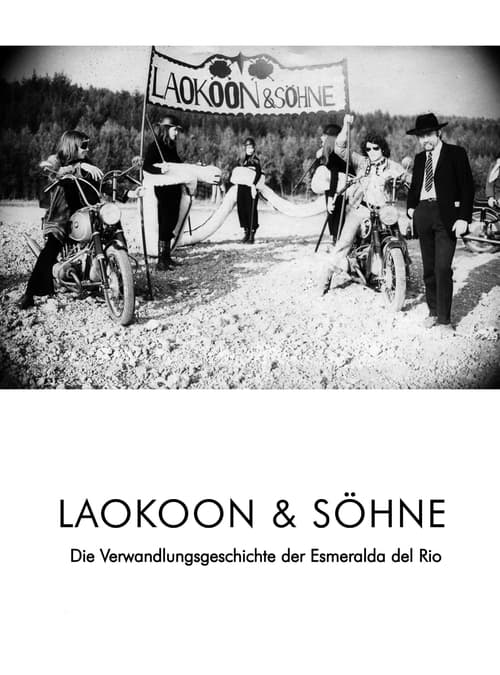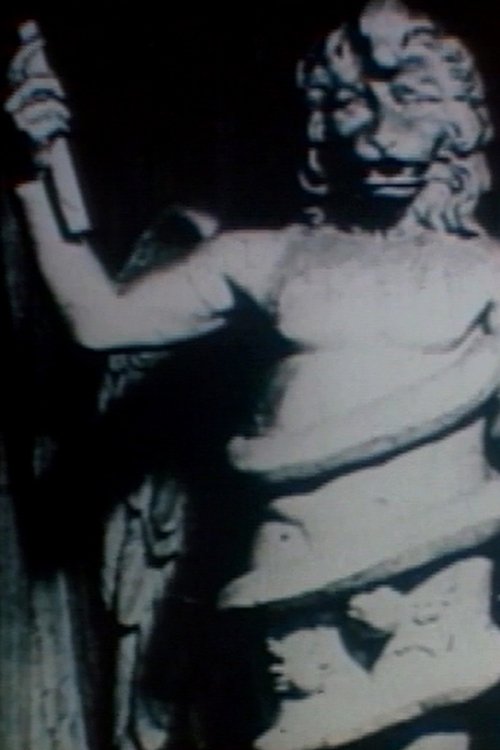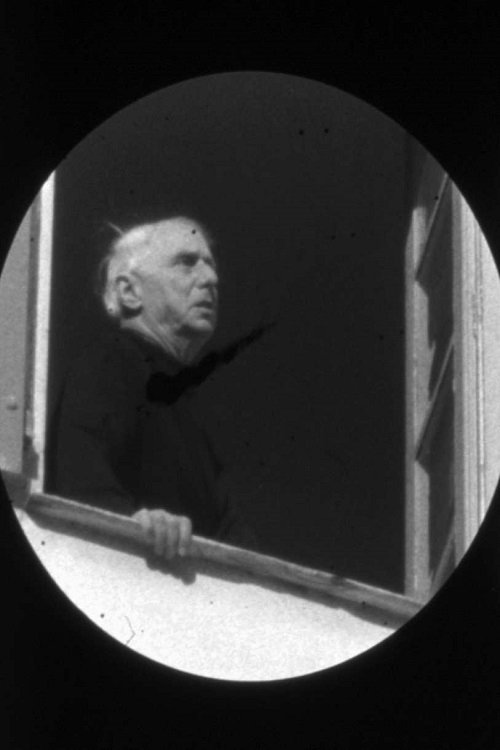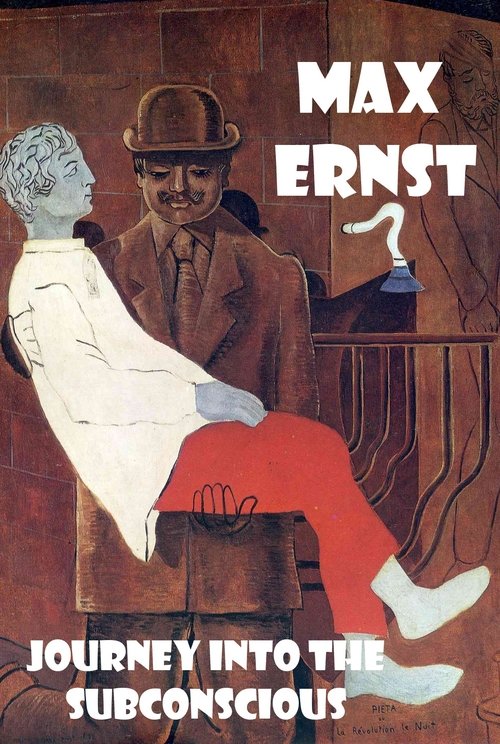
Max Ernst was born on April 2, 1891 in Brühl, Germany. He was an actor and writer, known for The Golden Age (1930), Maximiliana oder die widerrechtliche Ausübung der Astronomie (1966) and Dreams That Money Can Buy (1947). He was married to Dorothea Tanning, Peggy Guggenheim, Marie-Berthe Aurenche and Luise Straus. He died on April 1, 1976 in Paris, France.
Explore all movies appearances

A surreal film about surrealism.

This documentary celebrates Max Ernst, one of the most influential and visionary artists of the past century. The film covers the highlights of Ernst's fascinating career via a format that mirrors the restless reality of his life. An inveterate traveler and always on the move, Ernst lived and worked in Germany, France and America. His nomadic way of life kept him searching: "A painter is lost if he finds himself."

A pathetic police chief, humiliated by everyone around him, suddenly wants a clean slate in life, and resorts to drastic means to achieve it.

Dada came out of the craziness of World War One. "The birth of Dada was not the beginning of art but of disgust." Surrealism tried to systematize Dada's anarchy into an artistic blend of Freudian psychoanalysis and Marxist provocation. In the interests of conquering the irrational, Salvador Dali opened exhibitions dressed in a diving suit, Marcel Duchamp turned himself into woman, Benjamin Peret assaulted priests, and Yves Tanguy ate spiders. Andre Breton, nicknamed "the Pope of Surrealism", led an inspired gang of artists, lunatics and writers. By the 1950s they were denouncing each other for betraying the movement, but their ideas had infected Hollywood, advertising agencies and were turning up as TV humor and album covers.

Once upon a time there was a country known by the name of Laura Molloy. Laura Molloy was the name of this country. Only women lived in Laura MolloyEsmeralda del Rio was a woman. One day Esmeralda del Rio had the idea to undergo a series of transformations, which were to take her very far. So far did she go that she had no way of knowing how far she had gone. Two things were certain: Esmeralda del Rio was blond and in her own way she practiced a kind of magic which I would like to call 'blond magic'.

A film about and with Max Ernst.

"This film was presented as part of my 1969 thesis on Max Ernst. It was a personal tribute where I filmed his collages, then intercut live footage I shot with other reference material into a surreal visual collage." - Penny Slinger

Max Ernst on amateur astronomer Ernst Wilhelm Leberecht Tempel.

The inner world of the great painter Max Ernst is the subject of this film. One of the principal founders of Surrealism, Max Ernst explores the nature of materials and the emotional significance of shapes to combine with his collages and netherworld canvases. The director and Ernst together use the film creatively as a medium to explain the artist's own development.

An overview of Luis Buñuel's career. Includes an interview with the filmmaker.
Subscribe for exclusive insights on movies, TV shows, and games! Get top picks, fascinating facts, in-depth analysis, and more delivered straight to your inbox.